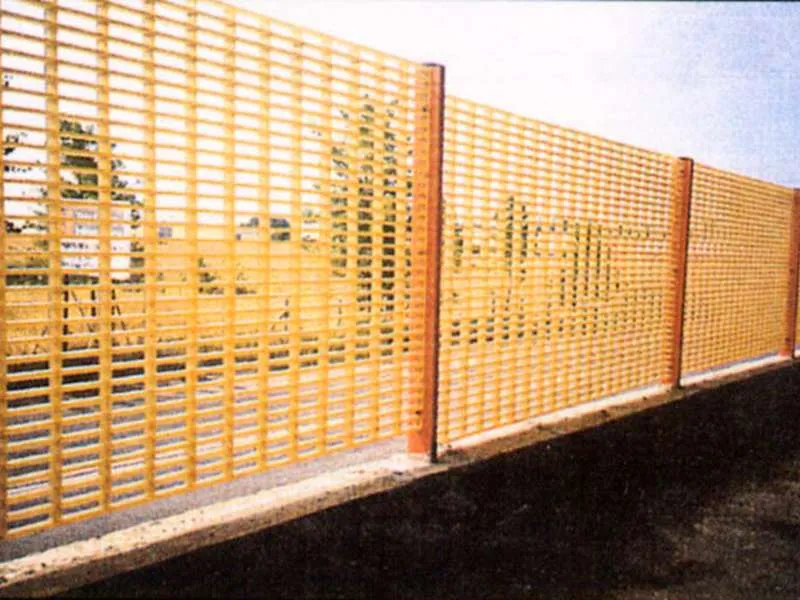
-
 Afrikaans
Afrikaans -
 Albanian
Albanian -
 Amharic
Amharic -
 Arabic
Arabic -
 Armenian
Armenian -
 Azerbaijani
Azerbaijani -
 Basque
Basque -
 Belarusian
Belarusian -
 Bengali
Bengali -
 Bosnian
Bosnian -
 Bulgarian
Bulgarian -
 Catalan
Catalan -
 Cebuano
Cebuano -
 China
China -
 China (Taiwan)
China (Taiwan) -
 Corsican
Corsican -
 Croatian
Croatian -
 Czech
Czech -
 Danish
Danish -
 Dutch
Dutch -
 English
English -
 Esperanto
Esperanto -
 Estonian
Estonian -
 Finnish
Finnish -
 French
French -
 Frisian
Frisian -
 Galician
Galician -
 Georgian
Georgian -
 German
German -
 Greek
Greek -
 Gujarati
Gujarati -
 Haitian Creole
Haitian Creole -
 hausa
hausa -
 hawaiian
hawaiian -
 Hebrew
Hebrew -
 Hindi
Hindi -
 Miao
Miao -
 Hungarian
Hungarian -
 Icelandic
Icelandic -
 igbo
igbo -
 Indonesian
Indonesian -
 irish
irish -
 Italian
Italian -
 Japanese
Japanese -
 Javanese
Javanese -
 Kannada
Kannada -
 kazakh
kazakh -
 Khmer
Khmer -
 Rwandese
Rwandese -
 Korean
Korean -
 Kurdish
Kurdish -
 Kyrgyz
Kyrgyz -
 Lao
Lao -
 Latin
Latin -
 Latvian
Latvian -
 Lithuanian
Lithuanian -
 Luxembourgish
Luxembourgish -
 Macedonian
Macedonian -
 Malgashi
Malgashi -
 Malay
Malay -
 Malayalam
Malayalam -
 Maltese
Maltese -
 Maori
Maori -
 Marathi
Marathi -
 Mongolian
Mongolian -
 Myanmar
Myanmar -
 Nepali
Nepali -
 Norwegian
Norwegian -
 Norwegian
Norwegian -
 Occitan
Occitan -
 Pashto
Pashto -
 Persian
Persian -
 Polish
Polish -
 Portuguese
Portuguese -
 Punjabi
Punjabi -
 Romanian
Romanian -
 Russian
Russian -
 Samoan
Samoan -
 Scottish Gaelic
Scottish Gaelic -
 Serbian
Serbian -
 Sesotho
Sesotho -
 Shona
Shona -
 Sindhi
Sindhi -
 Sinhala
Sinhala -
 Slovak
Slovak -
 Slovenian
Slovenian -
 Somali
Somali -
 Spanish
Spanish -
 Sundanese
Sundanese -
 Swahili
Swahili -
 Swedish
Swedish -
 Tagalog
Tagalog -
 Tajik
Tajik -
 Tamil
Tamil -
 Tatar
Tatar -
 Telugu
Telugu -
 Thai
Thai -
 Turkish
Turkish -
 Turkmen
Turkmen -
 Ukrainian
Ukrainian -
 Urdu
Urdu -
 Uighur
Uighur -
 Uzbek
Uzbek -
 Vietnamese
Vietnamese -
 Welsh
Welsh -
 Bantu
Bantu -
 Yiddish
Yiddish -
 Yoruba
Yoruba -
 Zulu
Zulu
Exploring Applications and Benefits of Large Diameter Fiberglass Pipe Solutions
Large Diameter Fiberglass Pipe Advantages and Applications
In various sectors of industry and infrastructure, the choice of materials is crucial for ensuring efficiency, durability, and cost-effectiveness. One such material that has gained significant attention is large diameter fiberglass pipe. This innovative piping solution has become increasingly popular across various applications, including water distribution, sewage systems, and industrial processes.
Understanding Fiberglass Pipe
Fiberglass pipes are composed of a polymer matrix reinforced with glass fibers, which provides exceptional strength-to-weight ratios. The large diameter aspect refers to pipes that typically exceed a diameter of 12 inches. These pipes are manufactured using various techniques, including filament winding, which enhances their mechanical properties and resistance to environmental factors.
Key Advantages
1. Corrosion Resistance One of the most significant strengths of fiberglass pipes is their ability to resist corrosion. Unlike traditional materials such as steel and concrete, fiberglass is impervious to a variety of chemicals and environmental conditions. This characteristic not only extends the lifespan of the pipes but also reduces maintenance costs and the environmental impact of repairs.
2. Lightweight and Easy to Handle Despite their large diameter, fiberglass pipes are lightweight compared to their steel and concrete counterparts. This property simplifies transportation and installation, reducing labor costs and the need for heavy machinery. Contractors can easily maneuver and assemble these pipes, making installation projects faster and more efficient.
3. Flexibility and Strength Fiberglass pipes boast considerable flexibility, allowing them to absorb stresses from soil movement or shifting. This flexibility, combined with their strength, makes them ideal for various applications, including areas prone to earthquakes or ground subsidence.
4. Smooth Internal Surface The internal surface of fiberglass pipes is exceptionally smooth, which reduces friction and allows for higher flow rates. This feature is particularly advantageous in water and wastewater systems, as it diminishes energy costs related to pumping and enhances overall system efficiency.
large diameter fiberglass pipe

5. Longevity Fiberglass pipes can last over 50 years with minimal degradation, making them a cost-effective long-term solution. Their durability means that fewer replacements are needed, contributing to sustainability efforts and reducing waste.
Applications
The versatility of large diameter fiberglass pipes enables their use in numerous applications
- Water Distribution Many municipalities are turning to fiberglass pipes for their water supply systems. The corrosion-resistant properties ensure safe drinking water and lower maintenance, while the lightweight nature facilitates easier installation in various terrains.
- Wastewater Management In sewage systems, fiberglass pipes demonstrate excellent resistance to chemical corrosion, which is vital for handling wastewater. Their longevity also helps in minimizing the disruption typically associated with replacing failing pipes.
- Industrial Applications Industries such as oil and gas, chemical processing, and food and beverage benefit from fiberglass pipes due to their resistance to harsh chemicals and extreme temperatures. They can be used for transporting corrosive materials or in systems that require a high degree of hygiene.
Conclusion
Large diameter fiberglass pipes represent a significant innovation in piping technology, offering a wide array of benefits that cater to modern demands for durability, efficiency, and sustainability. As industries continue to focus on reducing their environmental footprint and enhancing operational efficiencies, the adoption of fiberglass piping solutions is likely to grow. The unique advantages afforded by these pipes make them a smart choice for a variety of applications, guaranteeing not only performance but also longevity in challenging environments.









